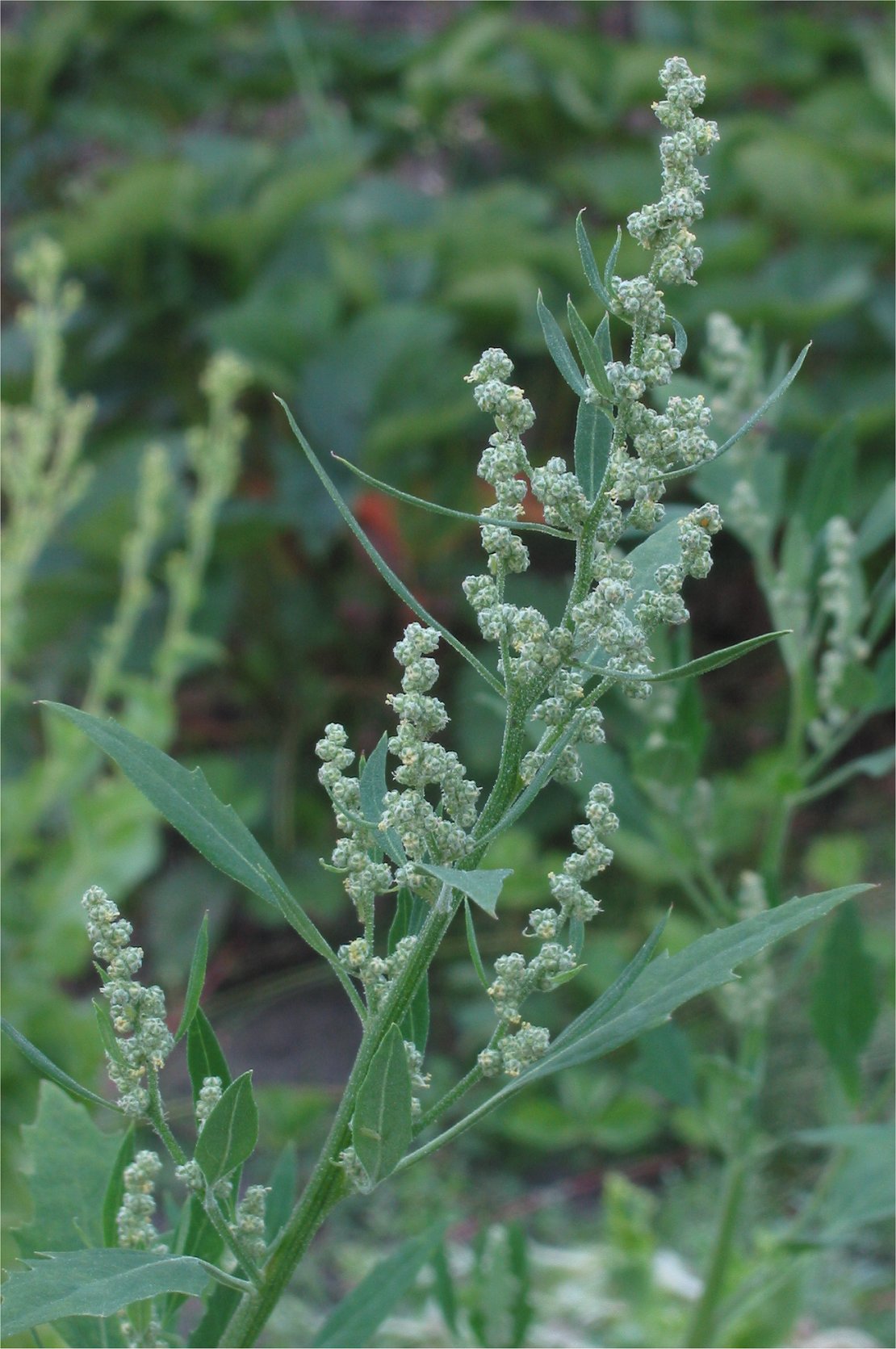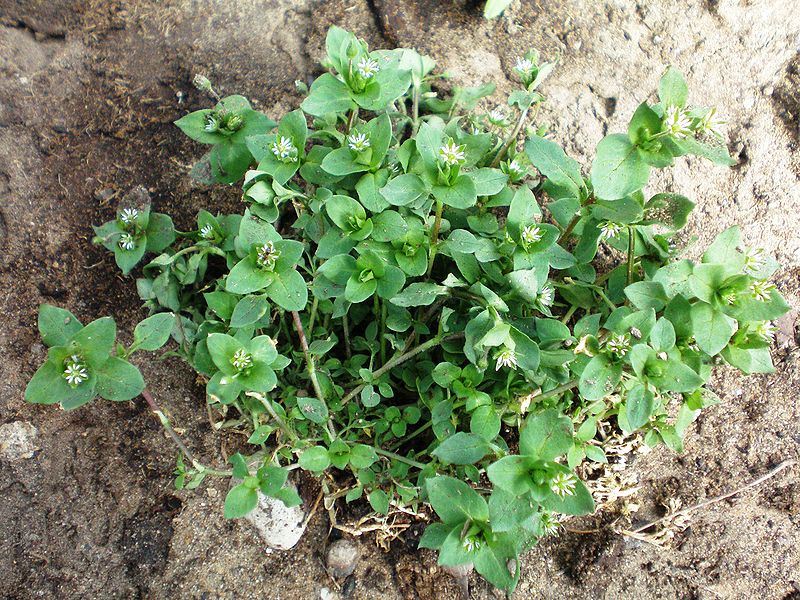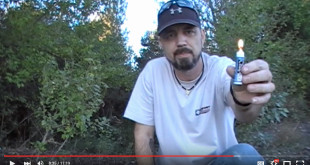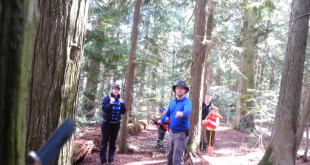Editor’s Comment: A special thanks to Melody McKinnon for contacting us and putting together this article. As usual, make sure you can correctly identify these items before consuming. Check for allergies before eating large quantities.
Survival in the Outdoors: 5 Wild Vegetable Greens to Feed and Heal You
Whether you’re lost in the wild or you enjoy survival camping in remote areas, wild vegetable greens are a tasty source of nutrients and moisture. They are every bit as nutritious as domestic vegetables, often even more-so. Wild greens can be eaten raw or are easily cooked in boiling water over a campfire (similar to spinach). Several also offer medicinal properties and all support healthy digestion.
The following five wild vegetable greens are common all over North America. If you can identify them, you’ll enjoy delicious camp food and survive your wild adventure in fantastic shape.
Dandelion Leaves (Taraxacum officinale)
 |
| source wikimedia |
Probably the most easily identifiable and widely available edible wild plant, dandelion greens can play a nutritious role in your survival. They are a good source of Beta Carotene, Magnesium, Phosphorus, Potassium, Vitamins A, B6, C, E, K, Thiamin, Riboflavin, Calcium, Iron and Manganese. They do have a mild diuretic effect so you may wish to limit intake if water is scarce. Dandelion leaf sap may be used to treat blisters, boils, abscesses, and stings.
Field Identification: The puffs of bright yellow flowers on hollow stems and sharply serrated leaves are easy to spot. New leaves found on plants before they flower are the best tasting.
Lambs Quarters Leaves (Chenopodium album)
 |
| source wikimedia |
Lambs Quarters are a good source of Niacin, Folate, Iron, Magnesium, Phosphorus and vegetable protein, as well as Vitamins A, B6, C, Thiamin, Riboflavin, Calcium, Potassium and Manganese. The leaves are exceptionally rich in Betta Carotene. This plant will boost your immunity and stamina during stressful survival situations.
Field Identification: The leaves of Lambs Quarters have a light powder coating on new leaves and on the underside of mature leaves. Differentiate between Lamb’s Quarters and toxic Epazote by smell – Lamb’s Quarters have a neutral scent while Epazote has a strong scent.
Chicory Leaves (Cichorium intybus)
| source wikimedia |
Chicory is a good source of Thiamin, Niacin and Zinc, as well as Vitamins A, B6, C, E, K, Riboflavin, Folate, Pantothenic Acid, Calcium, Iron, Magnesium, Potassium and Manganese. Mashed or boiled leaves make a good anti-inflammatory poultice for minor wounds.
Field Identification: This plant can be up to four feet tall with blue flowers all Summer long. Chicory leaves closely resemble Dandelion leaves, but the points of the smaller leaf teeth are directed upwards. Like dandelions, new leaves in Spring or late Autumn are the best tasting.
Purslane Leaves (Portulaca oleracea)
Said to be a favorite of Gandhi, Purslane, or ‘Pusley’, is a good source of Thiamin, Niacin, Vitamin B6, Folate and Phosphorus, and a very good source of Vitamins A, C, Riboflavin, Calcium, Iron, Magnesium, Potassium, Copper and Manganese. It’s also a noted source of alpha-linolenic acid, an essential omega-3 fatty acid that may be difficult to find alternate sources of in survival situations. Purslane offers anti-inflammatory properties that may be used to treat injuries and swelling.
 |
| source wikimedia |
Field Identification: This plant has thick, red, creeping stalks with sturdy leaves about an inch long. It has small yellow flowers that give way to tiny black seeds (which can be ground for flour). It may be confused or cross-collected with the poisonous Spotted Spurge (Euphorbia maculata), but the latter has a significantly thinner stem and white sap.
Chickweed (Stellaria media)
Any chicken will tell you that Chickweed is a tasty wild vegetable, although humans may enjoy it more if it’s cooked to bring out its spinach-like flavor. Chickweed is a good source or Vitamins A, C, Iron, Phosphorus, Calcium, Selenium, Magnesium, Potassium and vegetable protein. It may also be used to treat cuts or rashes
 |
| by Hugo.arg source wikimedia |
Field Identification: The Chickweed plant spreads up to 16 inches and may be up to eight inches tall. The leaves grow in pairs up to one inch in length with an oval shape and smooth edges. Take great care in identifying it as it resembles the poisonous Spotted Spurge (Euphorbia maculata). White sap indicates Spotted Spurge.
If you’d like to be more prepared to survive the great outdoors by eating wild plants, pick up a copy of The Encyclopedia of Edible Plants of North America: Nature’s Green Feast by Francois Couplan.
When it comes to survival, eating the above wild plants will ensure you’re one of the fittest!
 The Outdoor Adventure Giving you tips, tricks & recommendations to help make adventuring in the Outdoors fun, safe & exciting for you and your kids.
The Outdoor Adventure Giving you tips, tricks & recommendations to help make adventuring in the Outdoors fun, safe & exciting for you and your kids.




